Aberdeen University has been plunged into a fresh cash crisis as staff warn of a “grim mood” amid pay freezes and a ban on promotions.
The threat of rising costs causing turmoil is nothing new, as the university first froze promotions and rolled out a voluntary redundancy scheme about 18 months ago.
Again, teaching staff have been told that some courses could be axed due to low demand as £5.5 million needs to be clawed back over the next year.
Bosses blame rocketing national insurance contributions, last year’s pay award to staff and inflationary pressures.
But how has the 530-year-old institution, like others across Scotland, ended up in financial peril?
We have sifted through Aberdeen University’s finances going all the way back to 2015 to depict a decade’s worth of changing fortunes…
Our inside look at the finances reveals:
- How student numbers have fluctuated over the last 10 years, with a massive drop in EU learners since Brexit
- Why the number of part-time staff has risen dramatically
- And how costs for those employees have varied over the years
How did years of prosperity change?
The first problem for the university is the timing of the rising expenses.
Scotland’s third-oldest university was already working out ways to balance the books when the latest gloomy forecast emerged.
In the five years before that, the university reported an underlying surplus – which means there was cash to spare after operating costs.
But the cost of running the place pushed past income levels in the last financial accounts. As of July 2024, a deficit of £8.5m had emerged.
That is £4m less than initially feared from the forecasts that prompted a financial recovery plan in 2023, but it meant that operating costs were still exceeding income.
The gap was reduced slightly with the help of a retirement and voluntary severance scheme and other cost-cutting methods.
So the institution was already undergoing spending cuts for the current and following academic year.
Yet more uncertainty remained about 2025/26. Ambitions to break even were described as “more challenging”, largely due to less certain forecasts.
But an additional rise in costs of more than £5m expected this coming academic year is making it tougher to balance the books.
This would increase the gap from the deficit of £6.5m already budgeted for.
And without efforts to bring down costs by £5.5m, which have sparked the recent turmoil, they would be facing an £11m black hole.
The final accounts for the university still showed a surplus of £79m, but how can the university be in surplus before tax but still be in underlying deficit?
The latter figure ignores exceptional costs or (in the case of 2023/24) a massive reduction in the institution’s contributions to a pension scheme.
The revaluing of the scheme cut total staff costs by £87.4m.
What do Aberdeen University’s annual finances show?
Staffing costs are year-on-year the biggest expense for the university, but the 2024 figures are the lowest in the past decade.
But the revaluation of the pension contributions brought them down.
If we count that out, then they actually rose by £1.6m to £168.7m.
Income, on the other hand, appears to show a more consistent upward trend over the past 10 years.
So what caused the drop in 2023/24?
Primarily, it shows tuition became the biggest source of income for Aberdeen University over the past decade.
Just a fifth of the income in 2014/15 came from tuition fees. In the last statement, it accounted for 35% of the income.
Meanwhile, income from funding body grants accounted for less than 30% of the funds for the first time in the 10 years of data.
This disparity is key. Not just for Aberdeen University, but for finances across Scotland’s higher education.
Relying on public funding?
The amount invested in each student by the Scottish Funding Council will rise in cash terms in 2025/26.
However, Universities Scotland warned most institutions will still “see a real terms cut to their teaching funding”.
Its interim convener, Sir Paul Grice, told us this won’t really change much about the situation.
He said: “Taking the long-term view, next year’s cash increase doesn’t fundamentally change the fact that the gap between the cost of teaching and the investment in each Scottish student remains unacceptably high.”
For Aberdeen University, the financial allocation for teaching will rise by just 1.8% year-on year – a real-term cut of 0.85%.
From 2022/23 to 2023/24, research grants and endowment and investment income were the only categories that rose year-on-year.
Has the loss of international students hit the university?
Tuition fee income fell by £5.5m, primarily attributed to falling fees from international students. Inflationary pressures and changes to Visa regulations are said to be “exacerbating the decline”.
When the 2024 accounts were officially approved in November, professor George Boyne commended work to stabilise Aberdeen University’s finances.
But the university principal added a call for more public funding as a first step towards getting back on an even keel.
Mary Senior, Scotland official for the University and Colleges Union, said more than a “decade of underinvestment” has worsened current challenges faced by universities, including rising costs and falling student numbers.
“It’s an unsettling time to be working in the university sector across the UK, with one in every two universities cutting staff jobs and student courses,” she said.
“For Aberdeen University staff the news of further voluntary job cuts comes on the back of the anxieties and uncertainty from last year, when hundreds of staff left on a voluntary basis.”
Is relying on international tuition sustainable?
A sharp fall in the highest-fee-paying international students is a key issue.
Universities are increasingly dependent on volatile international tuition fees to bridge the gap between the cost of teaching and investment in each Scottish student.
But, the number of international students applying is easily impacted by foreign policy or inflation.
In Aberdeen, overall student enrolment numbers were rising year-on-year from 2015/16 up to 2021/22.
Student numbers peaked that year at 16,565. But that has now dropped by more than 1,000 pupils.
The number of non-EU international students has fallen to 2,765. That is down by a fifth from a peak of 3,170 in 2021/22.
Meanwhile, the number of EU students is shrinking even more rapidly. The latest stats show just 685 EU pupils compared with 2,900 in 2018/19.
That decline also showcases how UK policy can impact student numbers.
Prior to the official passing of Brexit, EU students were offered the same free tuition as Scottish domiciled applicants.
Since 2021/22, they will have had to pay international tuition fees.
A spokesperson said the university “continues to attract and welcome students from all over the world”.
But the spokesperson lamented the “increasingly stringent immigration controls” impacting the university’s ability to recruit non-EU and EU students.
Do you think Aberdeen University is taking the right approach to resolve the cash crisis? Let us know in our comments section below
But what about staff levels?
In 2023/24, academic staff levels climbed to 1,695 – slightly higher than the 1,665 a decade ago.
Yet, significantly more of those employees are now part-time.
In 2014/15, 75.68% of staff was full-time. Now that is down to 64.3%.
Despite there only being a difference of 30 workers, Aberdeen University now has 200 more part-time academic staff members than a decade ago.
Full-time employee levels reached 1,090 compared with 1,260 in 2014/15.
More specifically, there has been a decline in full-time academic staff specialising in research only. The figure fell from 480 in 2014/15 to 290 in 2023/24.
Meanwhile, part-time teaching only employees rose from 160 to 395 in the same time period.
However, those staff numbers do not include other professional services staff or employees at other international campuses such as Qatar.
UCU official Ms Senior emphasised the university bosses should learn from the cuts seen just last year during efforts to keep Aberdeen University’s finances on budget.
She said: “University leaders need to recognise that the workforce is their main resource, and it is imperative that they support, value and reward them properly.”
Read more:
Mitchell’s Hospital revamp: Future Airbnb plans revealed for Old Aberdeen landmark
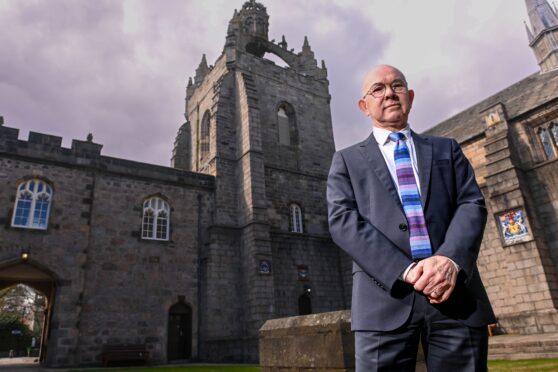
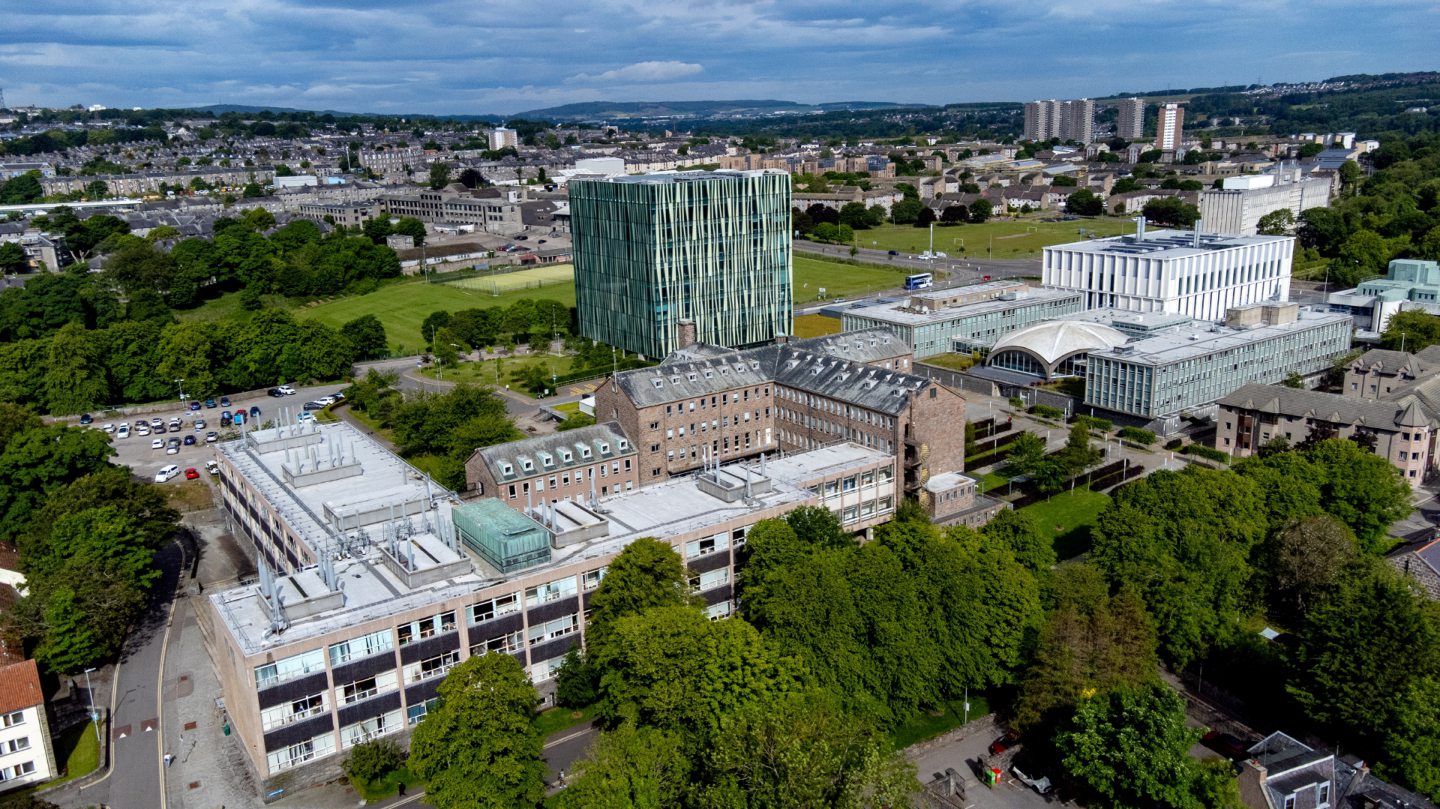
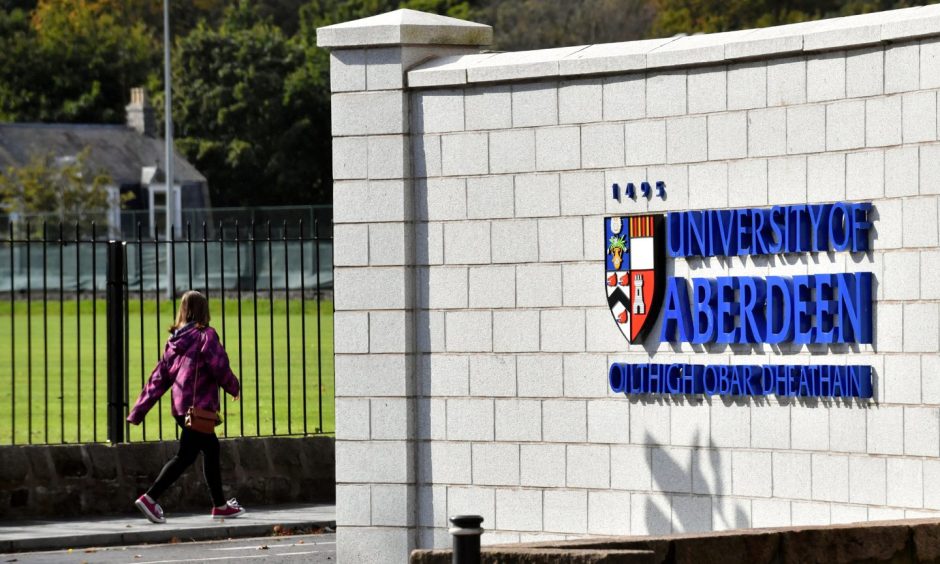
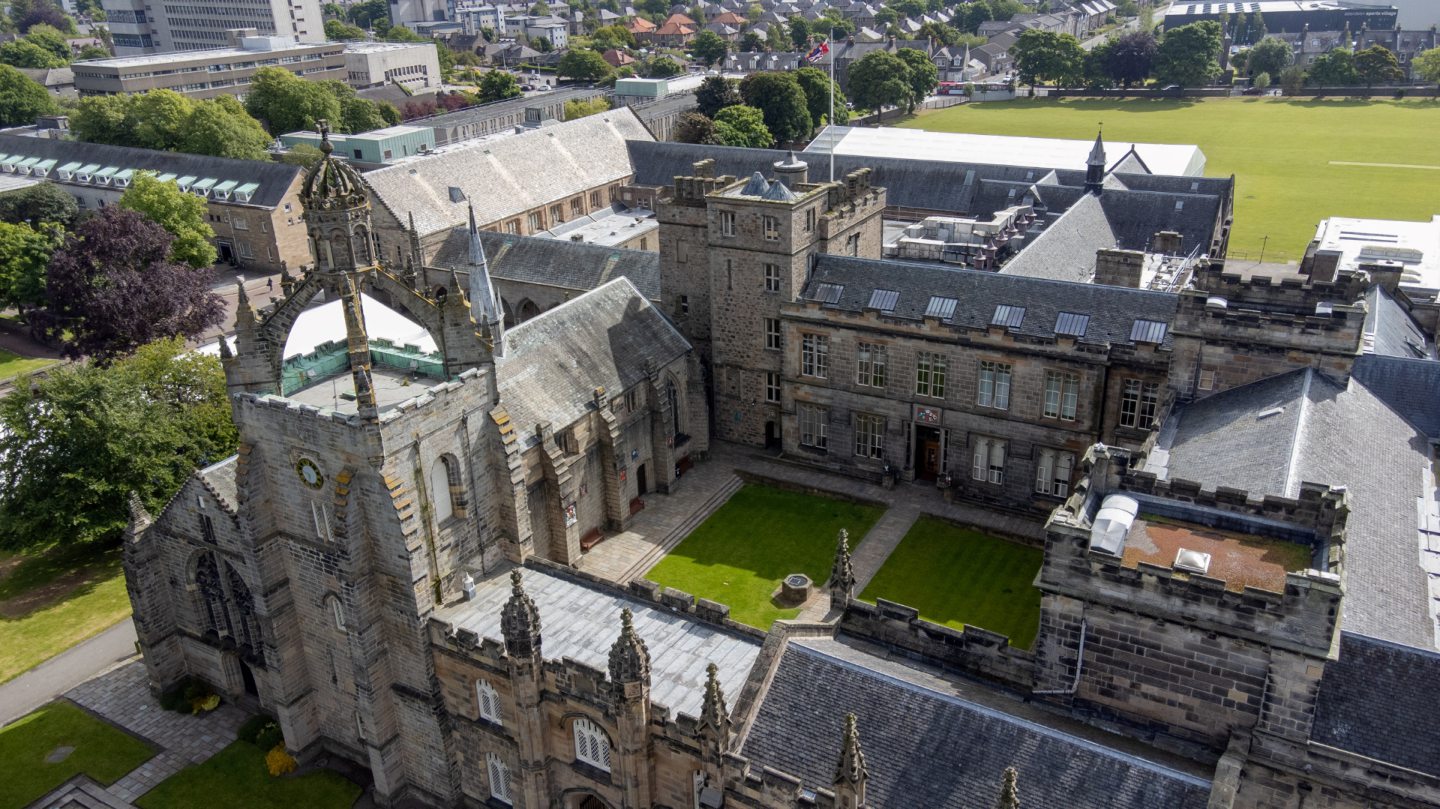
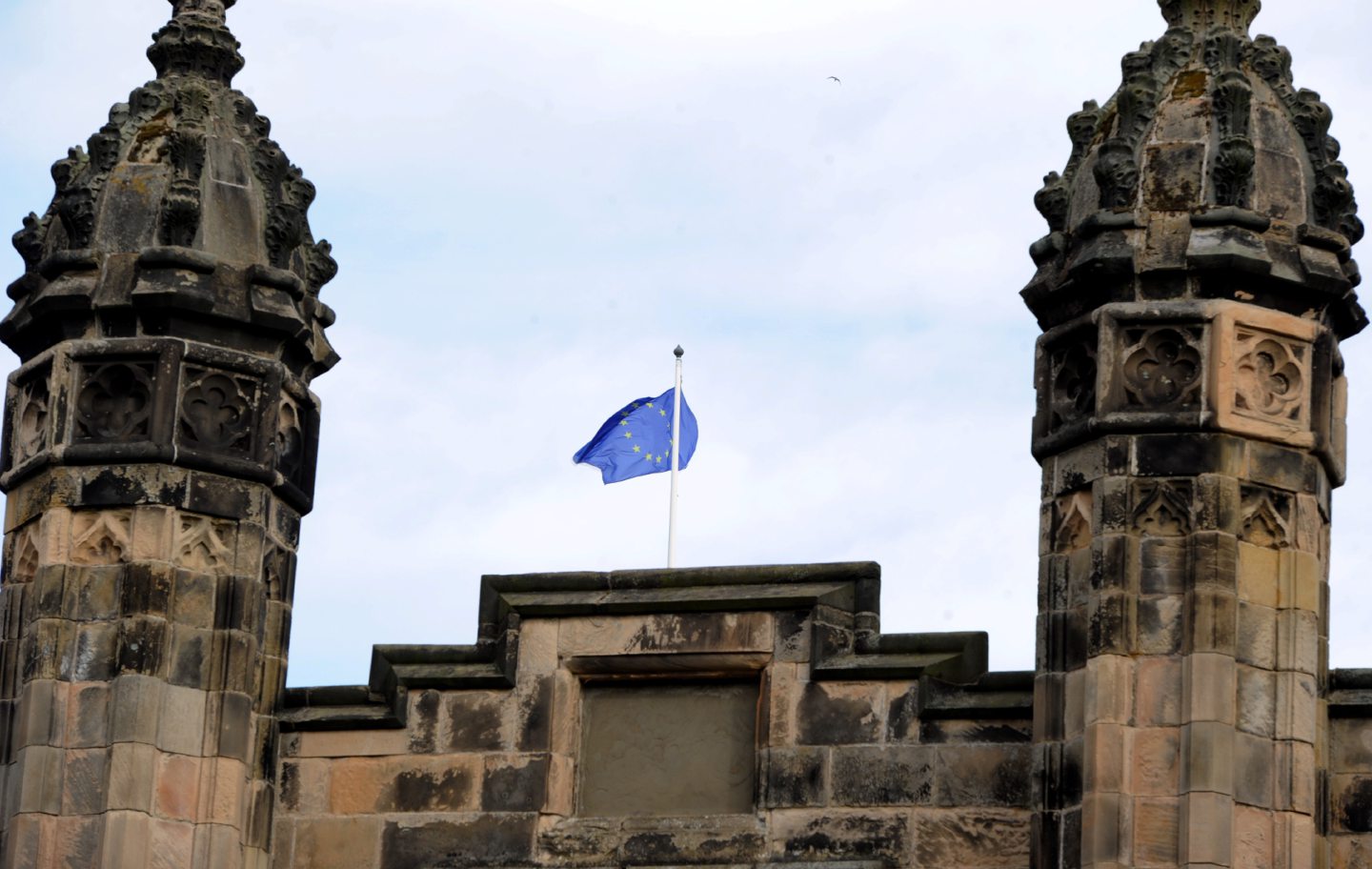
Conversation